Abstract
In Japanese agriculture, data on two-row barley yield, planting area, and yield per 10 ares provide important insights. According to 2021 data, the national two-row barley harvest was 55.1kt, the highest on record. Meanwhile, the cultivated area was 18.1kha, also the highest ever. The yield per 10a in Saitama is 483kg, which is also the highest in the country. Trends and characteristics that can be inferred from this data include an increase in two-row barley production. Notably, both yields and planted area are at record highs. In addition, Saitama maintains the top position in yield per 10 ares, suggesting that the cultivation techniques and environmental conditions in this region may be superior to those in other regions. These data indicate that two-row barley production is on the rise and that production efficiency is high in certain regions.
Sweet potato harvest volume (main data).
The yield of two-rowed barley in Japan has fluctuated between 1958 and 2021. The peak yield was recorded nationwide in 1959 at 1.03 Mt and declined in the following decades. The current yield is about 5.35% of the peak yield. The decline is due to changes in agricultural structure, changes in market demand, and technological innovation. As agriculture modernizes, there is a tendency for two-row barley cultivation to be replaced by other crops and industries. It is also possible that changes in dietary habits have altered demand, resulting in a decrease in demand for two-row barley. Furthermore, improvements in agricultural technology and improved varieties have made production more efficient, which may have reduced the amount of land area required for cultivation. Taking these factors into account, Japan’s two-row barley yield has shown a long-term declining trend, but it also suggests that structural changes in agriculture and technological advances are improving production efficiency.


The maximum is 7.18Mt[1955] of Japan, and the current value is about 9.9%
Sweet potato harvest volume (by prefecture).
In Japanese agriculture, two-row barley harvest yields tend to vary from prefecture to prefecture. According to the latest data for 2021, Fukui Prefecture recorded the largest harvest in the country, achieving 13.3kt. This figure is the highest ever and indicates that Fukui Prefecture is a major producer of two-row barley. On the other hand, while harvest volumes vary in other prefectures, they tend to be relatively low in all areas except Fukui Prefecture. This characteristic is thought to be due to differences in climatic conditions and soil from region to region, as well as the economic characteristics of agriculture. Additionally, the fact that Fukui Prefecture’s harvest yield reached an all-time high suggests the impact of improved agricultural techniques and cultivation management in the region, as well as favorable weather conditions. This data indicates that two-row barley production tends to vary by region, with Fukui Prefecture being a particularly notable production area.
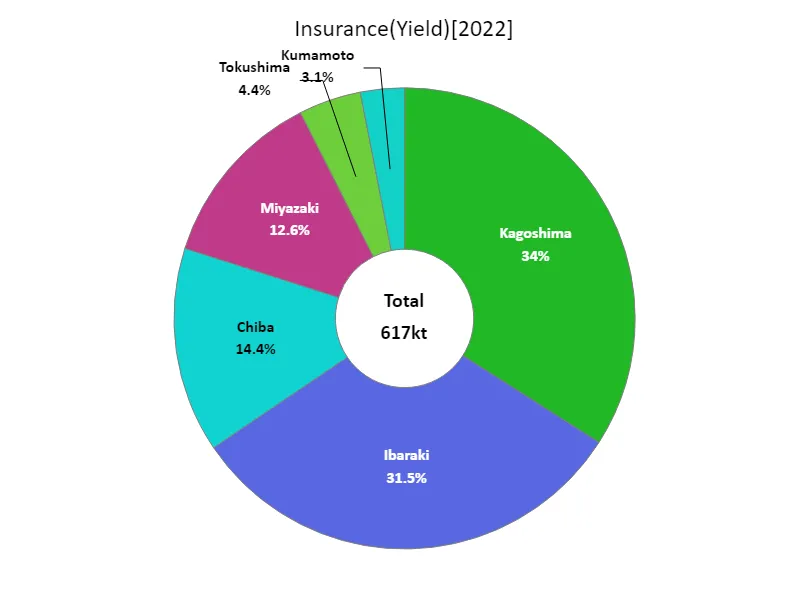

The maximum is 210kt of Kagoshima, the average is 103kt, and the total is 617kt
Area planted with sweet potatoes (main data).
The area of land cultivated with two-row barley in Japanese agriculture has fluctuated between 1958 and 2021. The peak area under cultivation was recorded at 355kha nationwide in 1958 and declined in the following decades. The current area under cultivation is approximately 5.11% of the peak area. The decline is due to changes in agricultural structure, changes in market demand, and technological innovation. As agriculture modernizes, there is a tendency for two-row barley cultivation to be replaced by other crops and industries. Additionally, changes in agricultural policies and the competitive environment both domestically and internationally are also affecting the area under cultivation. Furthermore, it is possible that a decrease in the agricultural labor force and the advancement of urbanization are contributing to the shrinking and conversion of farmland. Taking these factors into account, the area planted with two-rowed barley in Japan has shown a long-term declining trend, but this may fluctuate due to changes in agricultural policies and market demand.
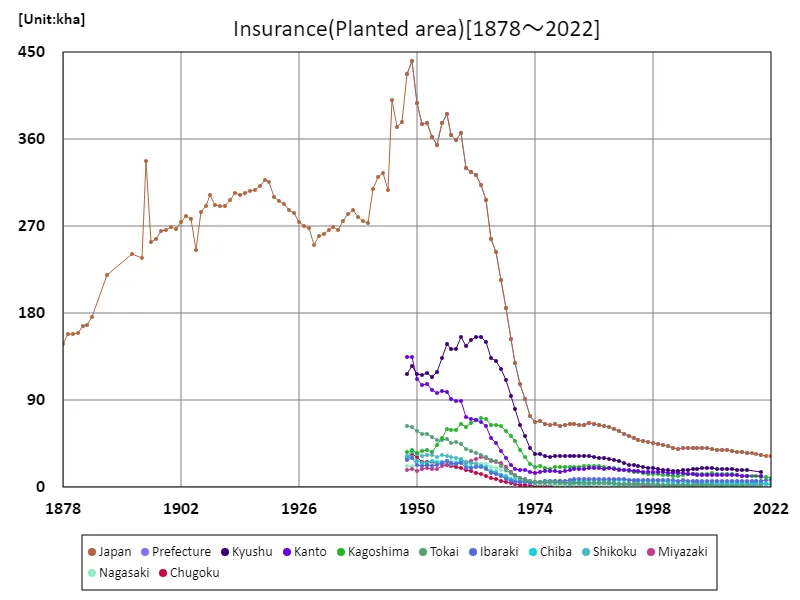

The maximum is 441kha[1949] of Japan, and the current value is about 7.33%
Area cultivated with sweet potatoes (by prefecture).
In Japanese agriculture, the area cultivated with two-row barley tends to vary from prefecture to prefecture. According to the latest data for 2021, Fukui Prefecture recorded the largest cultivated area in the country, achieving 4.78kha. This figure is the highest ever and indicates that Fukui Prefecture is a major producer of two-row barley. On the other hand, the cultivated area in other prefectures tends to be lower than that of Fukui Prefecture. This characteristic is thought to be due to differences in climatic conditions and soil from region to region, as well as the economic characteristics of agriculture. Additionally, the fact that the cultivated area in Fukui Prefecture has reached an all-time high suggests the impact of improved agricultural techniques and cultivation management in the region, as well as favorable weather conditions. These data show that the area planted with two-row barley tends to vary by region, with Fukui Prefecture being a particularly noteworthy production area.
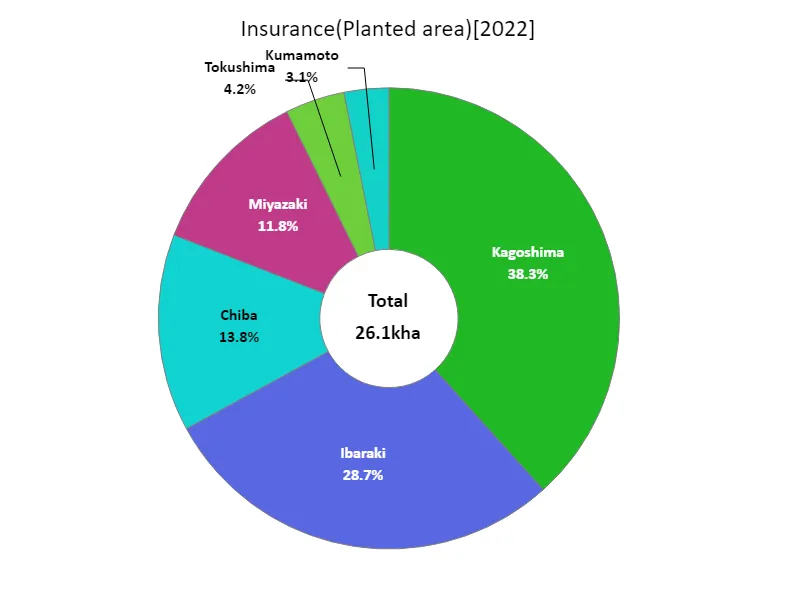

The maximum is 10kha of Kagoshima, the average is 4.35kha, and the total is 26.1kha
Sweet potato yield per 10a (by prefecture).
According to 2021 data, the national average yield per 10a for two-row barley in Japanese agriculture was 278kg, with Saitama Prefecture recording the highest yield of 483kg. The overall total yield was 7.22t. This data shows that yields of two-row barley vary greatly by region. Saitama Prefecture’s high yields suggest advanced agricultural techniques and cultivation management in the region. Additionally, the national average yield of 278 kg suggests that while production efficiency may be improving, there is still room for improvement. This means there is still room for improvement in agricultural techniques, improved varieties, fertilizer use, and other factors. In addition, the yield of two-row barley is also greatly influenced by climatic conditions and soil, so these factors must also be taken into account when determining yield differences between regions. Overall, there is a tendency that some regions, including Saitama Prefecture, are achieving high yields, while other regions still have room for improvement.
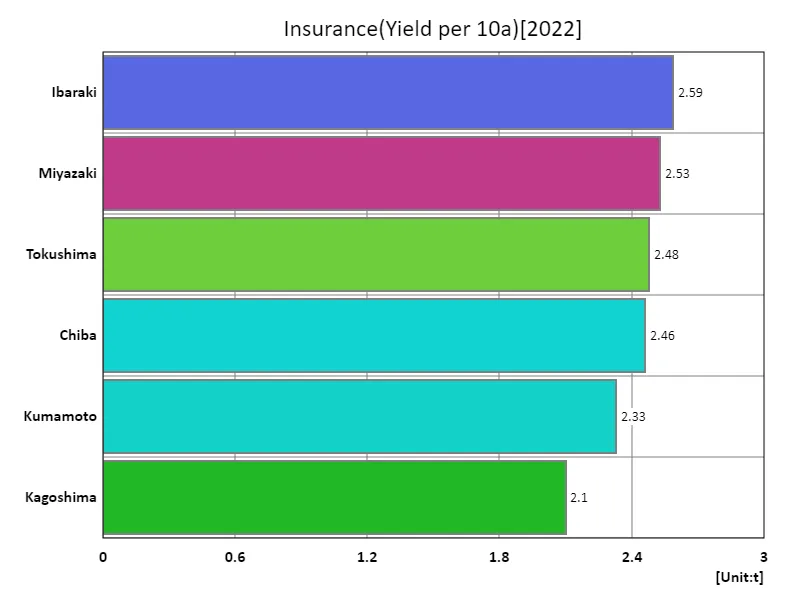

The maximum is 2.59t of Ibaraki, the average is 2.42t, and the total is 14.5t
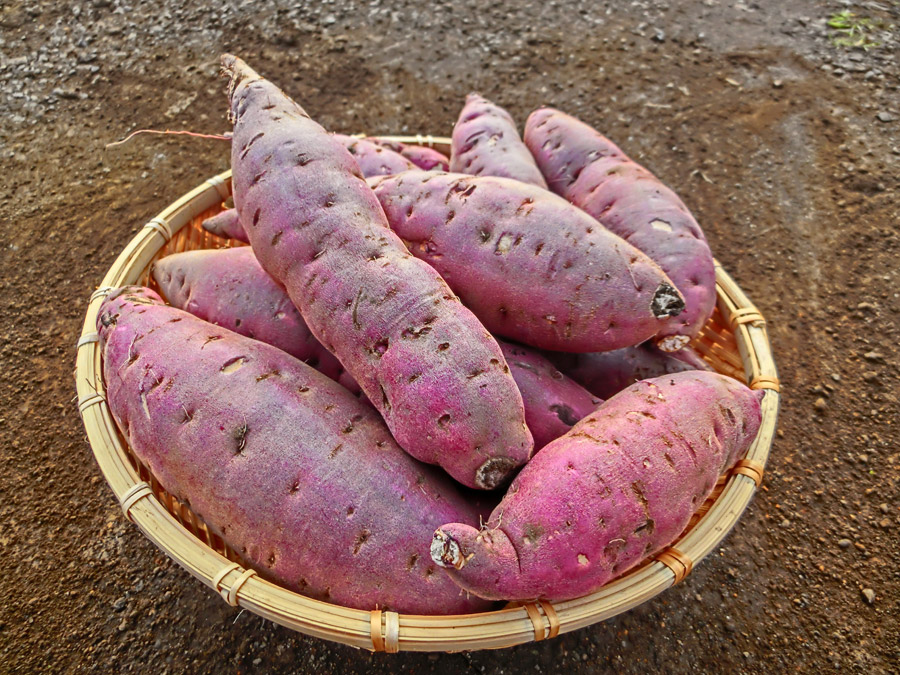


Comments